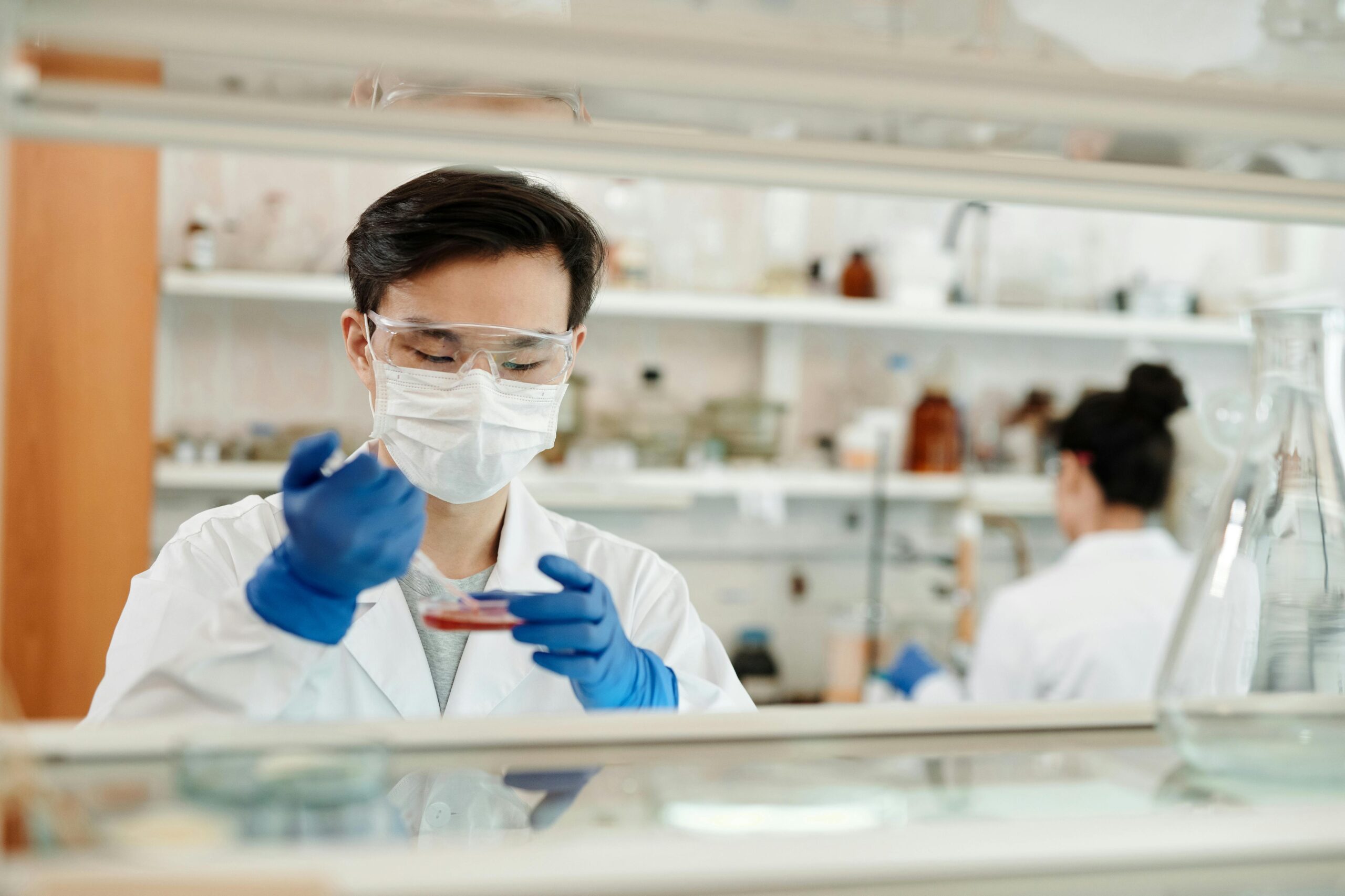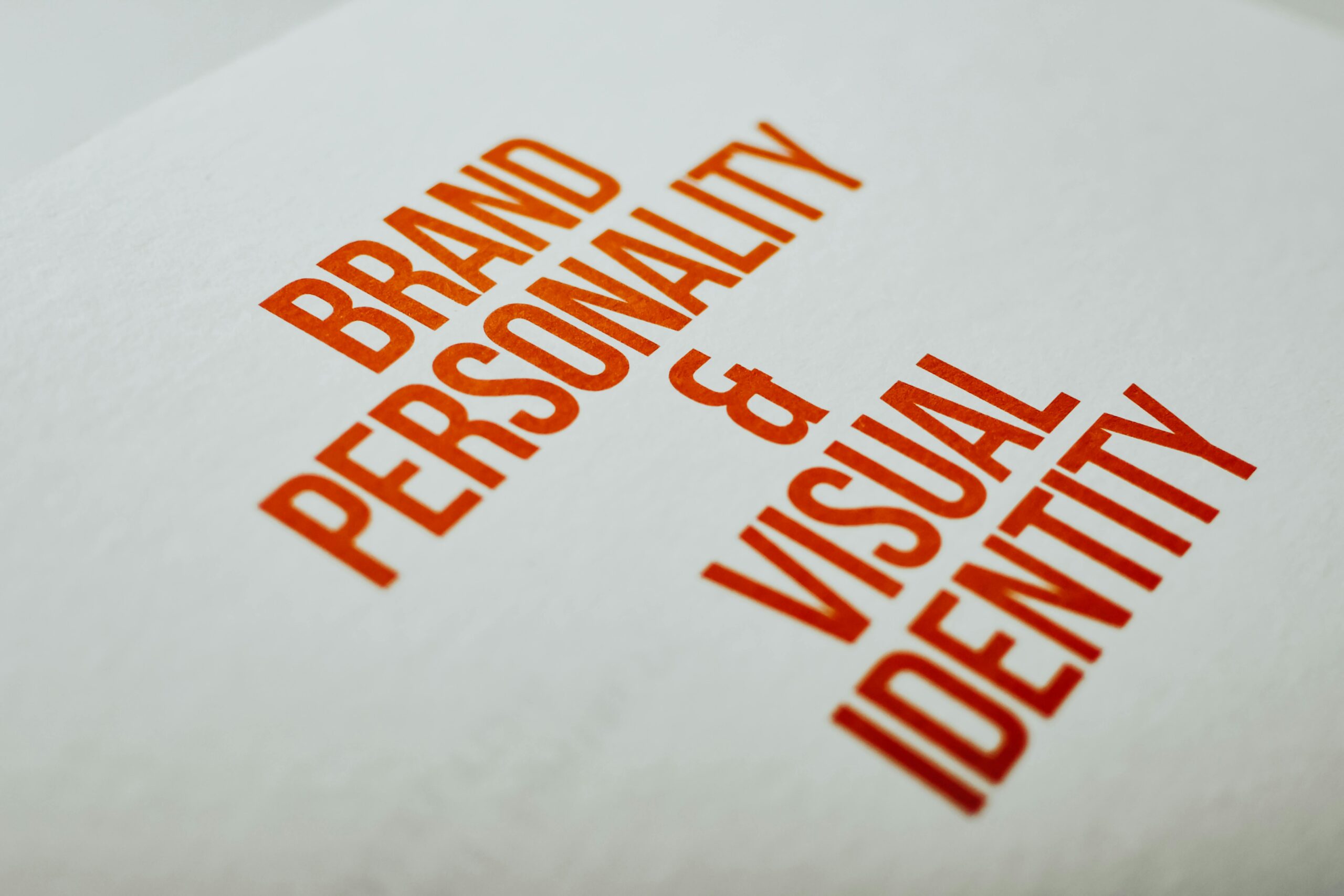Biotechnology continues to lead innovation in healthcare, agriculture, and environmental science. Inventions in areas such as gene editing, antibody therapies, mRNA vaccines, and agricultural biotechnology hold enormous promise for the future. Securing strong patent protection for these technologies is essential for attracting investment, maintaining competitive advantage, and supporting long-term commercialization.
However, recent developments in the United States and Europe show that obtaining and enforcing biotechnology patents is becoming more challenging. Courts and patent offices are applying stricter requirements for scope, disclosure, and subject matter eligibility. Understanding these trends is critical for innovators seeking to protect their intellectual property.
Tighter Rules on Patent Scope
Courts are increasingly reluctant to allow broad biotechnology claims defined only by what they do, rather than what they are. In 2023, the United States Supreme Court addressed this issue directly in Amgen Inc. v. Sanofi, 598 U.S. 594 (2023). The case involved antibody genus claims defined by their ability to bind to specific protein residues and block a biological interaction, without structural limitations on the antibodies themselves.
The Court held that such claims must be enabled across their entire scope. Providing a limited set of examples is insufficient when the claim potentially covers millions of variations. According to the Court, “the specification must enable a person skilled in the art to make and use the entire class” without undue experimentation. The decision affirmed that “research roadmaps” and instructions to make substitutions are not enough if they still require extensive trial and error.
This reflects a broader tightening of standards in the United States. Similar reasoning has appeared in Federal Circuit cases such as Baxalta Inc. v. Genentech, Inc., 81 F.4th 1362 (Fed. Cir. 2023), where the court applied Amgen to invalidate antibody claims lacking sufficient enabling disclosure.
In Europe, the European Patent Office (EPO) has moved in the same direction. While European law does not use the U.S. “enablement” terminology, it applies the related concept of “sufficiency of disclosure” under Article 83 of the European Patent Convention. The EPO now places significant emphasis on “plausibility” at the time of filing. In decisions such as T 1329/04 (Factor-9/JOHN HOPKINS) and the Enlarged Board’s G 2/21, applicants must provide credible evidence (often experimental data) showing the claimed invention works. Later-produced data may help, but cannot replace plausibility at filing.
Enablement and Sufficiency Are Central Issues
Both the United States and Europe require that a skilled person can make and use the invention without undue experimentation. In biotechnology, where outcomes are often unpredictable, this standard is demanding. Courts frequently require detailed instructions, structural definitions (such as sequences), and multiple working examples that represent the claimed scope.
In the U.S., the leading framework comes from In re Wands, 858 F.2d 731 (Fed. Cir. 1988). The Wands factors assess issues like the predictability of the field, the breadth of the claims, the quantity of experimentation required, and the guidance provided in the patent. Under Amgen, courts now apply these factors with greater scrutiny in biotechnology, particularly for functionally defined claims.
European practice mirrors these concepts, although the terminology differs. If the EPO concludes that carrying out the invention across the entire scope would require an unreasonable research program, the application will fail for insufficiency.
Subject Matter Limits Still Apply
In the United States, biotechnology inventions face an additional hurdle under 35 U.S.C. § 101. The Supreme Court has held that certain subject matter, including naturally occurring DNA sequences and some diagnostic methods, is not eligible for patent protection. In Association for Molecular Pathology v. Myriad Genetics, Inc., 569 U.S. 576 (2013), the Court ruled that isolated natural DNA is not patentable, although complementary DNA (cDNA) can be. In Mayo Collaborative Services v. Prometheus Laboratories, Inc., 566 U.S. 66 (2012), the Court invalidated diagnostic method claims that merely applied natural laws using routine steps.
Europe allows a broader range of biotechnology inventions, including certain genetic sequences, provided they meet industrial application, novelty, and inventive step requirements. However, European law excludes inventions contrary to “ordre public” or morality, such as certain uses of human embryos, and still requires full sufficiency of disclosure.
Practical Lessons for Innovators
These developments carry practical implications for biotechnology companies, research institutions, and investors:
- Provide extensive examples at filing: Include multiple embodiments that cover the range of the claim. In biotechnology, that often means providing amino acid or nucleotide sequences, experimental protocols, and test results.
- Use a mix of structural and functional language: Functional limitations alone are risky. Structural details help anchor the claim and show the invention is fully enabled.
- File early but plan strategically: A provisional application can secure a priority date, but it should contain enough detail to support later claims. Follow up with continuation or divisional applications to protect improvements and variants.
- Avoid over-reliance on post-filing data: While useful for supporting inventive step or plausibility arguments, post-filed evidence cannot create sufficiency if it was absent at filing.
- Consider global alignment: Draft claims to satisfy both U.S. enablement standards and EPO plausibility requirements to avoid costly refiling or narrowing.
Conclusion
Biotechnology patents remain a powerful tool for protecting innovations, securing investment, and driving commercial growth. Yet, the legal landscape in both the United States and Europe is shifting toward stricter disclosure and scope requirements.
In the U.S., Amgen Inc. v. Sanofi, 598 U.S. 594 (2023) and subsequent Federal Circuit decisions have reinforced that broad functional claims must be fully enabled. In Europe, plausibility and sufficiency are central, and experimental data at the filing date is often critical. Subject matter eligibility continues to limit certain biotechnology patents in the United States, particularly for natural products and diagnostic methods.
Innovators who adapt to these realities, by filing detailed, well-supported applications and aligning global strategies, will be better positioned to secure strong, enforceable rights.
If you are developing a biotechnology invention, Twisdale Law, PC can help you navigate these evolving patent requirements and protect your intellectual property from the outset.








